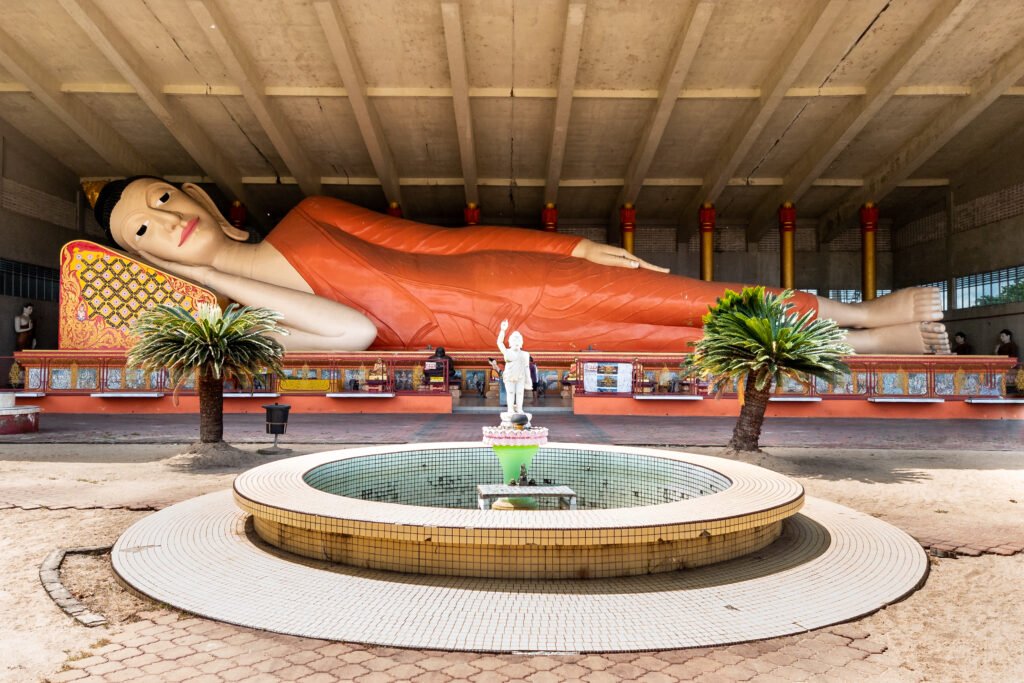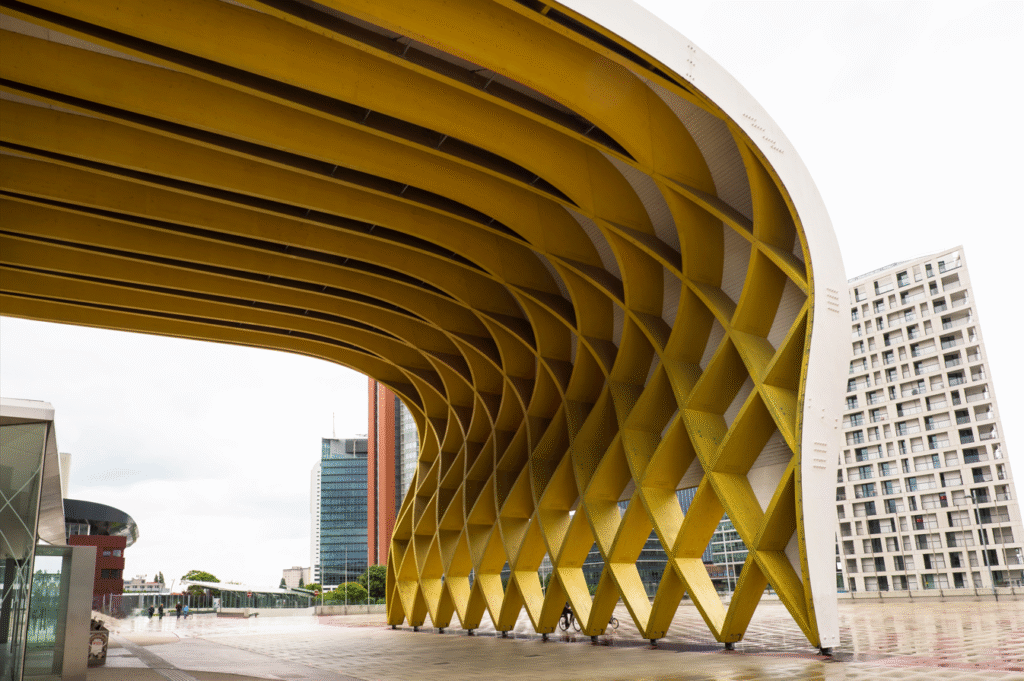The presence of modern art in luxury spaces has never been as evident as it is today. Modernism have moved beyond traditional museums to occupy mansions, private galleries, high-end hotels, and even corporate buildings seeking not only sophistication but also a visual discourse of identity and prestige. This shift reveals a larger phenomenon: modern art has become a language of power, elegance, and cultural affirmation.
Modernism, with its emphasis on form, geometry, and abstraction, found fertile ground in the contemporary languages of architecture and design. Far beyond objects of contemplation, modern works have become integral to the luxury lifestyle as a fundamental part of the aesthetic experience. Increasingly, living with modern art is seen as synonymous with good taste, sound investment, and cultural vision.
Luxury Architecture and the Dialogue with Modernism
In high-end architecture, the presence of modern art manifests both in the composition of spaces and in the curation of the works they house. Residential and commercial projects draw inspiration from masters like Le Corbusier, Oscar Niemeyer, and Mies van der Rohe, using clean lines, simple volumes, and precise use of noble materials such as marble, glass, and exposed concrete.
This aesthetic is not only visually striking but also deeply conceptual, revealing a direct relationship with modernist ideals. Luxury developments, such as resorts, corporate galleries, and billionaire mansions, have begun to integrate modernist works into their environments, creating a balance between art, architecture, and functionality. These spaces no longer treat art merely as decoration. Instead, the artwork takes center stage, setting the rhythm and imposing atmosphere.

Many contemporary architects collaborate with curators, collectors, and artists to ensure that every artistic element harmonizes with the architectural design, adding symbolic and economic value to the property. In this context, contemporary art also plays a crucial role.
Many current artists explore the modernist legacy in their works, establishing visual and conceptual connections with movements such as Constructivism, Minimalism, and Abstract Expressionism.
Anyway, this further expands the dialogue between modern art and current language, allowing luxury projects to maintain a cohesive aesthetic without sacrificing innovation.
Galleries and the New Consumption of Modern Art in the Art Market
Within galleries, modern art occupies a strategic space. Works by major modernist names attract not only experienced collectors but also new investors seeking iconic pieces for their private spaces. Here, aesthetic value merges with financial value. Owning an original modern artwork is both a cultural statement and a market positioning.
High-end galleries have recognized this trend and now invest in exhibitions that value not only the artwork but also its setting. The goal is to offer the public an immersive experience that demonstrates how a piece can transform a space. In many cases, exhibitions are designed to be replicated in luxurious environments such as penthouses, CEO offices, or interior design collections.
This trend has intensified with the rise of digital art platforms that allow viewers to see works in augmented reality, simulating exactly how they would look in residential or corporate environments. This technology is widely used by galleries operating in high-value markets like Dubai, New York, London, and São Paulo, where the intersection of art, luxury, and architecture has become a hallmark.
A New Form for Modernism
The connection between modern art and high-value spaces shows that modernism has not only survived the cultural shifts of the 21st century but also reinvented itself as an essential language of contemporary luxury. The rational aesthetics, abstract concepts, and formal purity continue to inspire artists, architects, and collectors alike.
This synergy between art, architecture, and the art market demonstrates that modernism is not merely a legacy of the 20th century but a living field of influence capable of engaging with today’s desires for exclusivity, authenticity, and sophistication.
Modern art, therefore, remains not just a symbol of a revolutionary past but a vital force in the present and future of the luxury universe.



